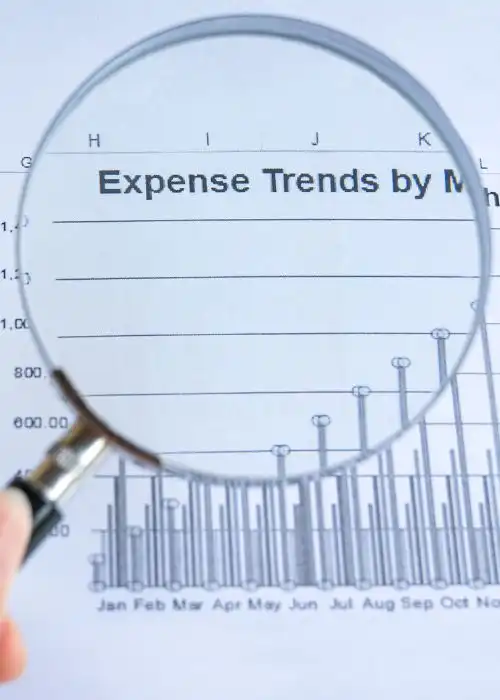INDUSTRY DIGITALIZATION WITH JAHAANN
At Jahaann, we understand that cost savings are crucial for any business to thrive. That’s why we offer comprehensive cost analysis services to help you identify areas of wastage and optimize your operations for better efficiency. Our team of experts will work with you to develop a customized cost-saving plan that will help reduce your overall expenses and boost your bottom line. With Jahaann’s cost-saving services, you can achieve maximum cost savings and stay ahead of the competition.

OUR COST ANALYSIS SERVICES INCLUDE THE FOLLOWING:
- Jahaann offers comprehensive cost analysis services to help businesses identify areas of wastage and optimize operations.
- Jahaann’s experts develop customized cost-saving plans to help businesses reduce expenses and boost their bottom line.
- With Jahaann’s cost-saving services, businesses can achieve maximum cost savings and stay ahead of the competition.
Transform Your Plant Operations with Our Jahaann Services
Frequently Asked Questions
FAQs about Jahaann
What is Cost Analysis?
Cost analysis is a systematic process of estimating, evaluating, and interpreting the costs of a project, activity, or business operation. It helps businesses make informed decisions about resource allocation, pricing, and overall profitability.
Why is Cost Analysis Important?
Cost analysis is crucial for businesses of all sizes because it provides valuable insights into the financial aspects of their operations. By understanding their costs, businesses can:
- Identify areas for cost savings
- Make informed decisions about pricing products and services
- Improve resource allocation and efficiency
- Track project costs and performance
- Enhance profitability
How to Conduct a Cost Analysis
- Define the scope of the analysis: Clearly identify the project, activity, or business operation to be analyzed.
- Identify all relevant costs: Gather data on all direct and indirect costs associated with the scope of the analysis.
- Classify costs: Categorize costs into meaningful groups, such as labor, materials, overhead, and depreciation.
- Estimate costs: Use appropriate methods to estimate costs for each category.
- Analyze costs: Interpret the cost data to identify areas for improvement, potential risks, and overall financial implications.
- Document findings and recommendations: Prepare a comprehensive report summarizing the analysis findings and recommendations for action.
Cost Analysis Tools and Resources
- Spreadsheets: Excel, Google Sheets
- Cost analysis software: Open Source Cost Management System (OCMS), CostKeeper
- Financial modeling tools: Financial modeling spreadsheet templates, online financial modeling tools
- Industry-specific cost data: Industry reports, benchmarking studies
